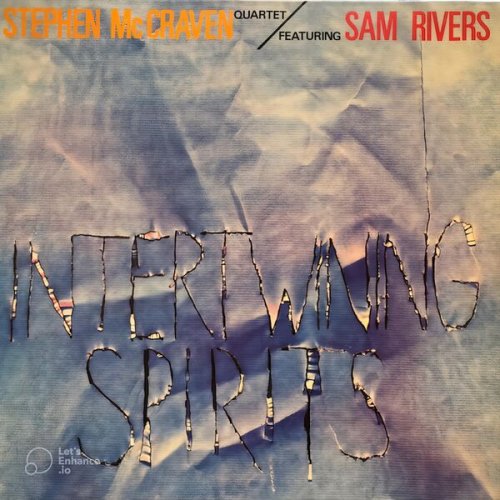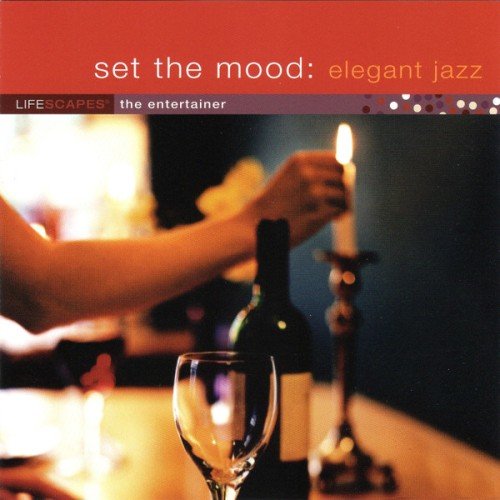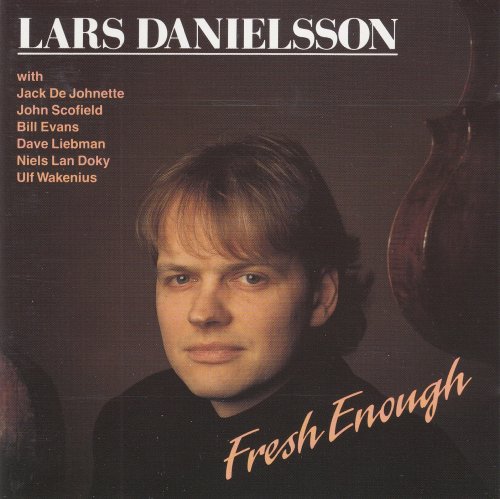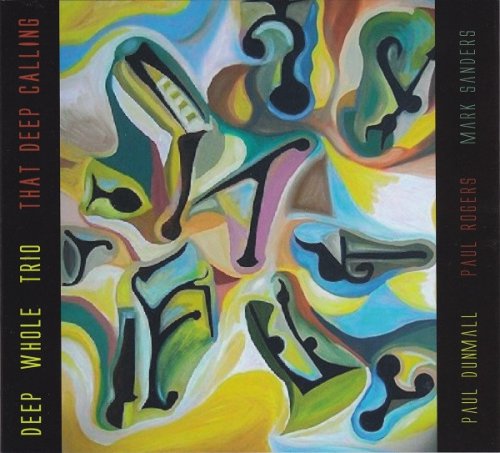Regula Mühlemann, Anna Maria Chiuri, Gianandrea Noseda, Orchestra Teatro Regio di Torino - Mahler: Sinfonia No. 2 "Resurrezione" (2017) [DSD & Hi-Res]

Artist: Regula Mühlemann, Anna Maria Chiuri, Gianandrea Noseda, Orchestra Teatro Regio di Torino
Title: Mahler: Sinfonia No. 2 "Resurrezione"
Year Of Release: 2017
Label: Fonè Records
Genre: Classical
Quality: flac lossless (tracks) / flac 24bits - 88.2kHz / DSD64 +Booklet
Total Time: 01:15:20
Total Size: 287 mb / 1.26 / 2.97 gb
WebSite: Album Preview
TracklistTitle: Mahler: Sinfonia No. 2 "Resurrezione"
Year Of Release: 2017
Label: Fonè Records
Genre: Classical
Quality: flac lossless (tracks) / flac 24bits - 88.2kHz / DSD64 +Booklet
Total Time: 01:15:20
Total Size: 287 mb / 1.26 / 2.97 gb
WebSite: Album Preview
01. Sinfonia No. 2 per soli, coro e orchestra in C Minor "Resurrezione": I. Allegro maestoso
02. Sinfonia No. 2 per soli, coro e orchestra in C Minor "Resurrezione": II. Andante moderato
03. Sinfonia No. 2 per soli, coro e orchestra in C Minor "Resurrezione": III. In ruhig fliessender Bewegung
04. Sinfonia No. 2 per soli, coro e orchestra in C Minor "Resurrezione": IV. Urlicht
05. Sinfonia No. 2 per soli, coro e orchestra in C Minor "Resurrezione": V. Im Tempo des Scherzo, Wild herausfahrend
The glorious moment of the Second Symphony: „For me Symphony means exactly that: build a world with all offered by technical means at our disposal." Referring to the summer of 1985 by the faithful and adoring friend Natalie Bauer-Lechner, this sentence is probably the most famous and most quoted of all Mahler. There is contained the sense that each of his nine symphonies manifesti own attitude about the existence and destinies of man, although it would then compartment, in terms of interpretation, attempting an unambiguous and consistent description. It seems to thicken in his aspiration that at least works from Schumann now spans Romanticism: to relate the music with literature and philosophy to create a network of correspondences that weaves the linguistic and formal elements of the symphonic tradition with expression of ideas and the spirit motions. With Mahler, the painful feeling that is the background to his conception of the symphonies delivery world with an atmosphere of conflicts and crises, which pose impossible questions as it combines moments of crushing and outbursts, now vitalistic, now desperate . The outcome will be more authentic in the works in which the sign of this crisis has stuck in the fibers of the same music, the links that articulate the structures, in their inevitable fractures. Or, as is the case in the later works, when a feeling of farewell from the world, far from resolve those lumps or fill those divisions, however, it is able to observe them from a distance, with a look that runs at the same time both by hope it is to be discouraged. However, there are two times when Mahler moved by the temptation of a transcendent response to anxieties over the destiny, to sull'esistere questions and dying, and where music becomes the bearer of a message. This is the case with the Second and Eighth Symphonies that are just in time nearly twenty years, if we consider the starting dates, but are linked only by a common propensity to the grandiose, by suggesmystical and religious thiones . In the case of the Second, the vocation to communicate something more than just a "program" is realized in the Final at the end of a very long ….
Regula Mühlemann, soprano
Anna Maria Chiuri, mezzosoprano
Filarmonica Teatro Torino
Gianandrea Noseda, conductor
![Tomasz Stanko - Unit (Polish Radio Sessions vol. 2/6) (2025) [Hi-Res] Tomasz Stanko - Unit (Polish Radio Sessions vol. 2/6) (2025) [Hi-Res]](https://www.dibpic.com/uploads/posts/2025-12/1765796826_cover.jpg)

![Stephen McCraven - Wooley the Newt (2025) [Hi-Res] Stephen McCraven - Wooley the Newt (2025) [Hi-Res]](https://www.dibpic.com/uploads/posts/2025-12/1765906334_cover.jpg)





